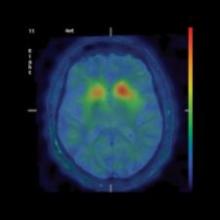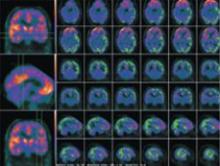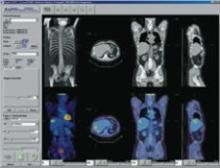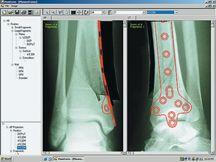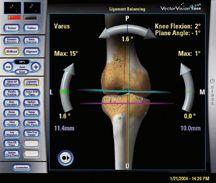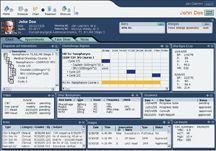Image fusion of molecular and anatomic data has proven extremely useful for diagnosis and treatment in radiology, neurology, oncology and cardiology, enabling localization of tumors and lesions, planning for radiotherapy, biopsy and surgery, and in new applications in CT angiography.
If you enjoy this content, please share it with a colleague
- Read more about Multimodality Imaging: Fusing Imaging for the Future
- Log in or register to post comments

